What Makes Alaska Shine Brightly? An Insider Shares What’s Quirky and Captivating
“That’s a moose, right?”
My remark was rhetorical — moose are unmistakable — so the Anchorage cab driver shrugged and said, “Yeah, he’s been hanging around here for a couple of weeks.”
I’d seen moose before, of course, in the wilderness of the northern Rockies. But in this case “here” was a stoplight intersection about a half-mile from Ted Stevens Anchorage International Airport, a major global hub with the usual multiple-lane urban boulevards.
Said moose, a bull standing about 7 feet at his shoulder, was grazing willow brush along the shoulder of the street, and the few cars passing on this late spring evening were giving Bullwinkle a wide berth because between cars and moose, the latter win every time.
Anchorage is one of humanity’s northernmost major metro areas, holding more than 300,000 people, almost half of all Alaskans. And moose, among the biggest, baddest, most conspicuous animals on Earth, just roam around wherever in the city?
Yep.
Urban moose constitute one of the signature facts of life in the Great Land. And there are many more in this colorful outpost of human civilization, which is among the most interesting places in the Western Hemisphere. Never mind the massive glaciers and mountains, bears and forests. You know you’re in Alaska when you encounter:
Moose and traffic

Where do moose go in Alaska? Anywhere they want, says an old joke. I’ve seen them inside Anchorage and Fairbanks three times, and downtown Anchorage’s Copper Whale Inn has a charming picture of a moose drinking from the decorative fountain in the front courtyard.
Seems quaint, but it’s not all good news. Moose are extremely large, willful, strong and notoriously cranky animals that Alaskans steer clear of just as much as they do bears. And moose do indeed go where they want.
One summer I asked an Anchorage-based friend whether she was ready for me to send her the annual shipment of home-grown garlic that I trade her for a moose tenderloin dinner whenever I visit. (An excellent trade, I might add.) She uses it to make pesto.
Not yet, she replied. A moose wandered in the yard and ate her basil, growing in a window box just outside her kitchen.
This is a common problem in Alaska gardens. If the moose don’t eat your cabbages or whatnot, they trample them into compost. Why don’t people just put up a fence? If you’ve seen a moose, you know it takes Strategic Air Command-level fencing to keep them out. Perhaps.
Yes, you can also see moose out in the boondocks, placidly browsing bog willows as you pass on the highway or, better yet, the Alaska Railroad. Take pictures. Use a very long-range lens.
A fish fry is a bar fight
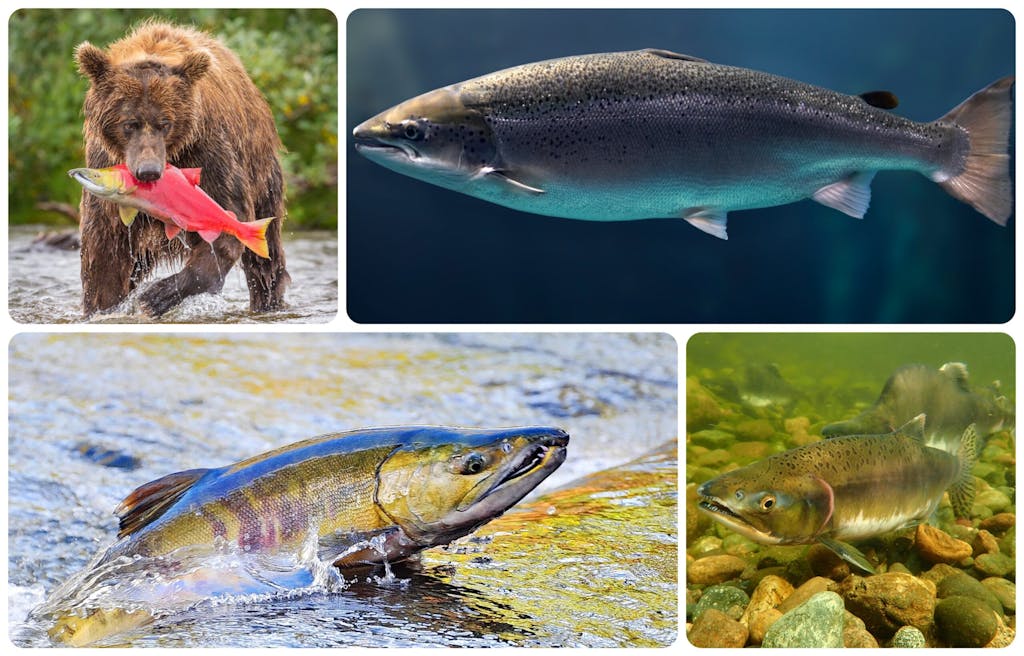
Want to start a brawl in an Alaska bar? Announce loudly that Taku River sockeye are better than any other salmon. Advocates for Copper River king salmon will wade into the fray instantly, followed by Yukon River king fans, only to be pushed aside by Bristol Bay adherents who maintain that any salmon from their part of the state is better than any salmon from anywhere else — king, silver, sockeye, whatever.
Who’s right? My attorney has advised me to take the Fifth.
But I can say that Bristol Bay is the world’s healthiest and most productive salmon watershed — up to 100 million fish — so there’s that.
Most seafood has two names
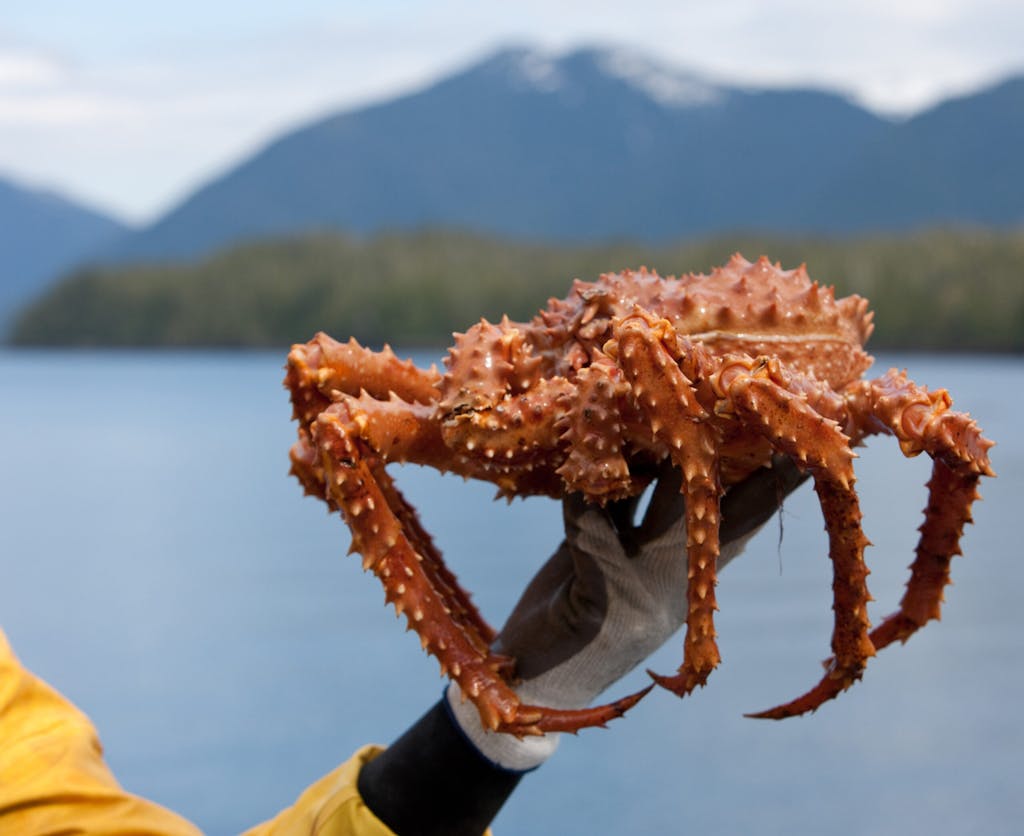
Isn’t one enough? No.
King salmon are also chinook. Sockeye are reds. Silvers, coho. Pinks also humpies. Chum are dog salmon (what sled dogs eat) and, in a now-dead marketing fail, Keta.
That’s not all. Black cod is also sablefish. Rockfish is snapper.
And King crab is also called, incorrectly, Tanner crab, which is said to be firmer and sweeter than King crab.
No indoor plumbing by choice
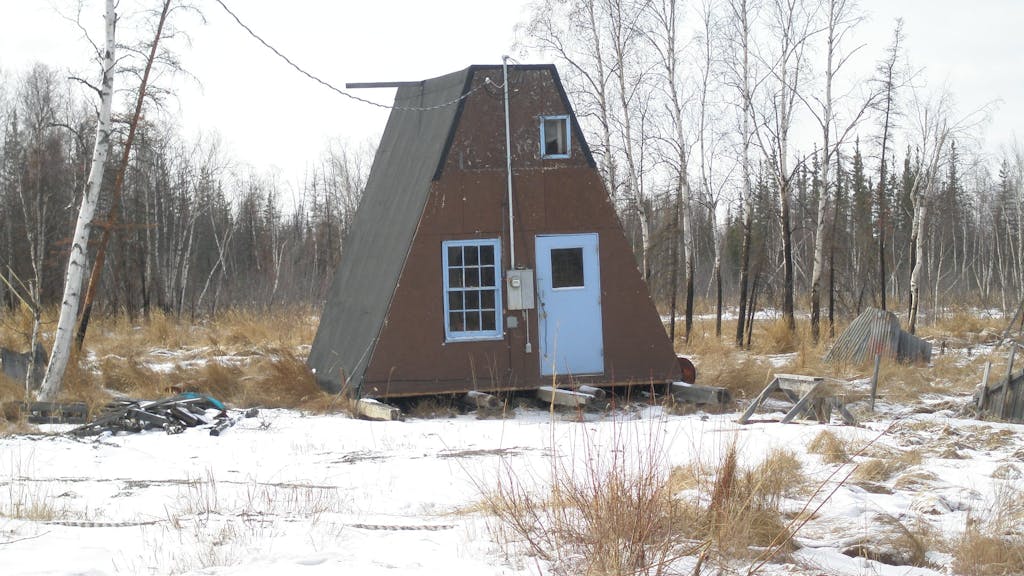
These abodes are called “dry cabins,” and they are icons of life in Alaska. It’s almost axiomatic that young Alaskans, whether born-and-raised or transplants, spend their 20s in a cabin in the woods which likely has electric power and wood heat but no running water.
Most of humanity lived thus until recently, but in Alaska it is a matter of great pride that this lifestyle persists. I know people who spent part of their lives in a dry cabin. All look back with measured fondness at the memory of simplicity.
It’s so solidly cemented in Alaska lore that one of the most popular exhibits at the Museum of the North in Fairbanks is the “Great Alaska Outhouse Experience” by sculptor Craig Buchanan, a memorable piece that perfectly fits the term “outsider art.”
And when does the dry cabin phase of life come to an end for most? Childbirth.
Cities are bigger than some countries
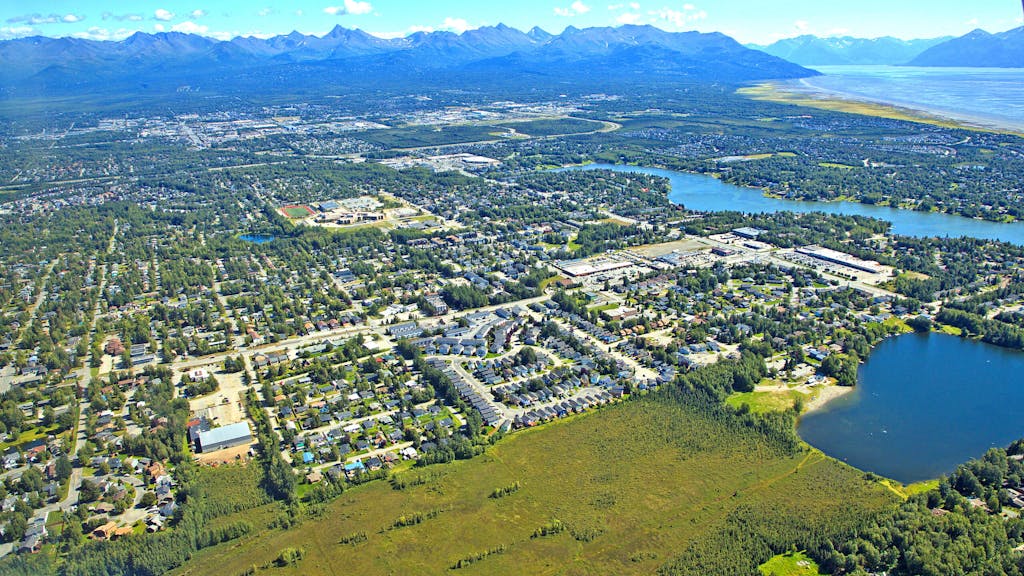
Anchorage, for instance, embraces 1,961 square miles. For comparison, Washington, D.C. is a little less than 69 square miles. Sitka, Juneau, Wrangell — all are massive “metropolises” with footprints in the thousands of square miles.
There is a catch. Because Alaska is mostly undeveloped wilderness, it has no counties. Instead, cities are usually the centers of “boroughs,” and most city-boroughs lump city and borough together into one administrative and cartographic unit whose boundaries extend far outside the developed urban area.
That’s why Anchorage has snowclad peaks well above timberline within its “city limits.” Also plenty of bears, untold moose (see above) and America’s fourth-biggest state park (Chugach).
You can see from here to eternity
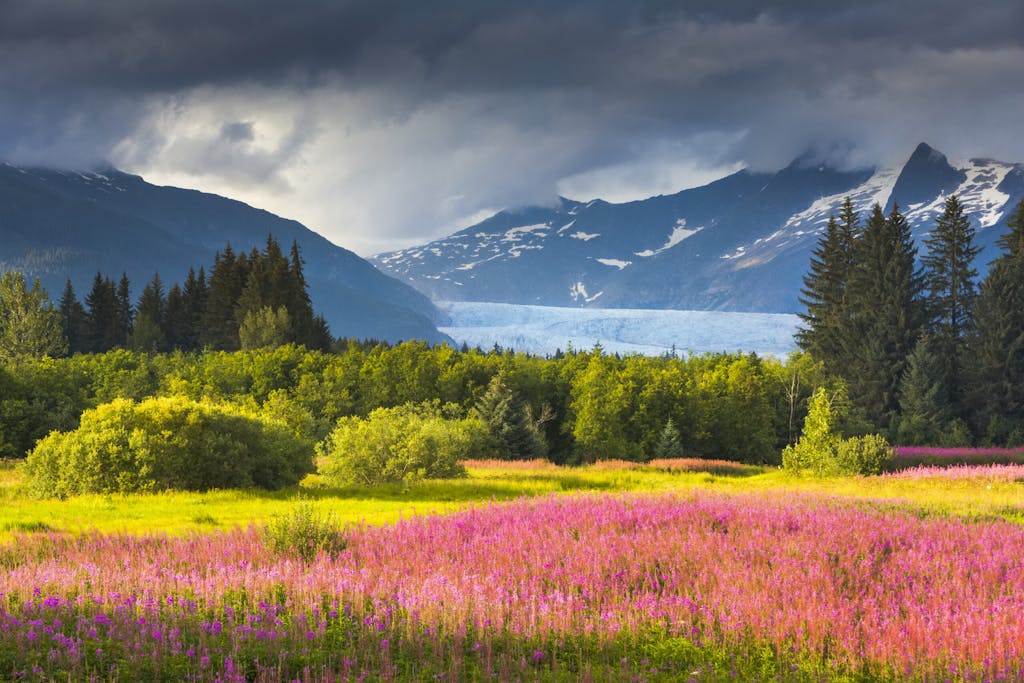
Why is Alaska’s scenery so visually magnificent? Even Alaskans may not know this because it’s their constant viewscape. But there’s a specific, surprising reason: No billboards.
Billboards are against the law in the Great Land. That puts Alaska in step with Hawaii, Vermont and Maine, which also don’t allow them.
Reindeer? It’s what’s for dinner
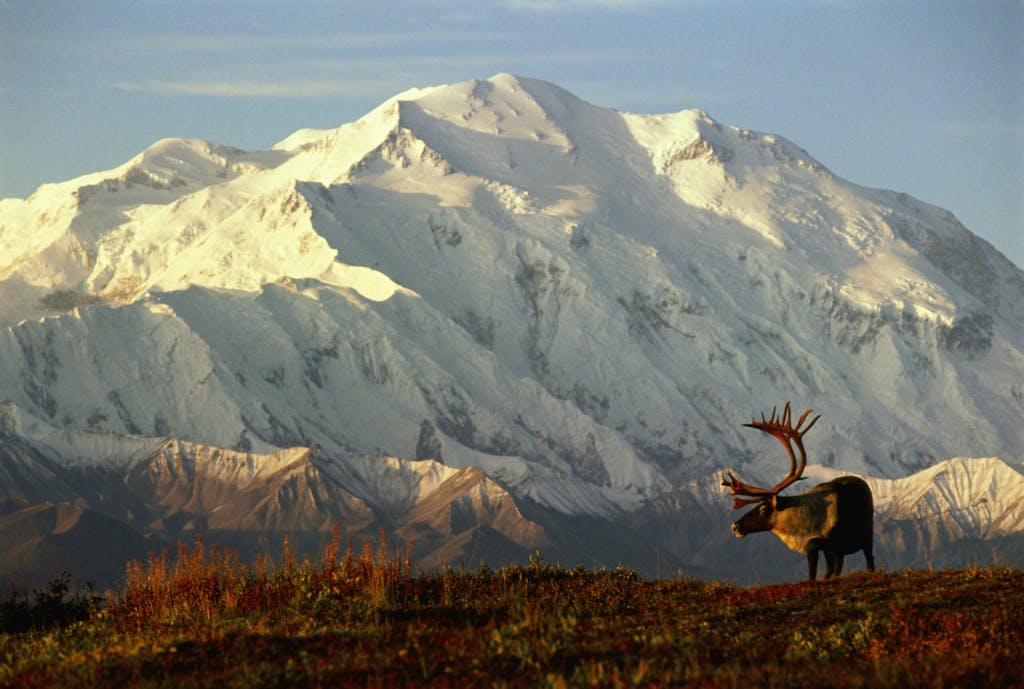
Reindeer sausage is a common food item. Look for it at carts near the downtown Anchorage visitor center, for instance, and at the nearby Snow City Café.
Reindeer, the domesticated version of caribou, were brought to Alaska in the late 19th century to establish a reindeer farming industry. It never got much of a foothold, and the state’s reindeer supply relies on a few small herds in western Alaska and the interior.
If you sample the sausage, know that it’s only part reindeer, which is a very dry meat. The rest is usually pork.
Still, you won’t find this at the Texas State Fair. And while we’re on that subject…
Tiny Texas is a target of jokes
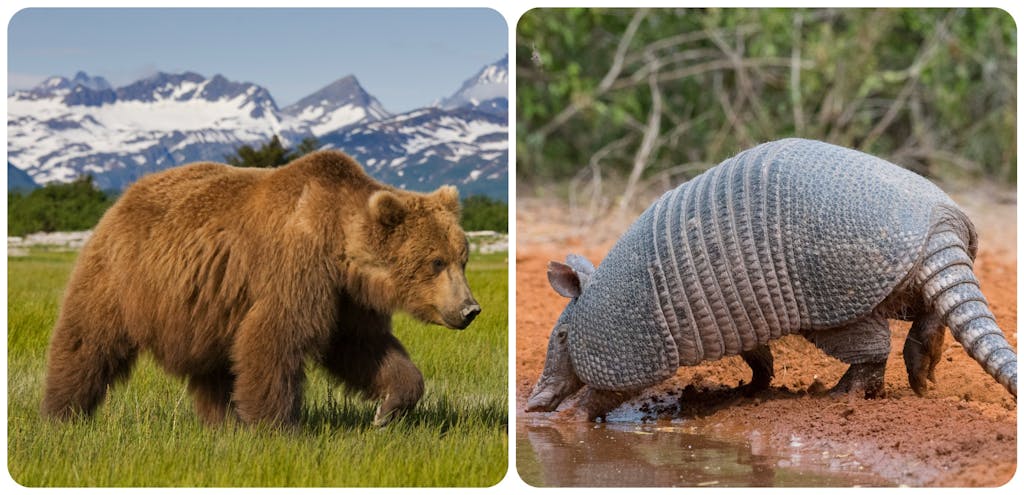
If you chopped Alaska in half, each half would still be larger than Texas, according to one popular meme. Keep your eyes open in souvenir shops for posters and trinkets devoted to making fun of the Lone Star State.
Alaskans will happily concede Texas is a fine and interesting place but enough hogwash about how big everything is. For instance, an iconic animal in Alaska is a moose or bear. In Texas, it’s armadillo. Enough said.
